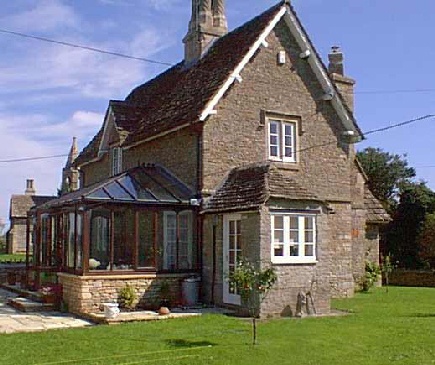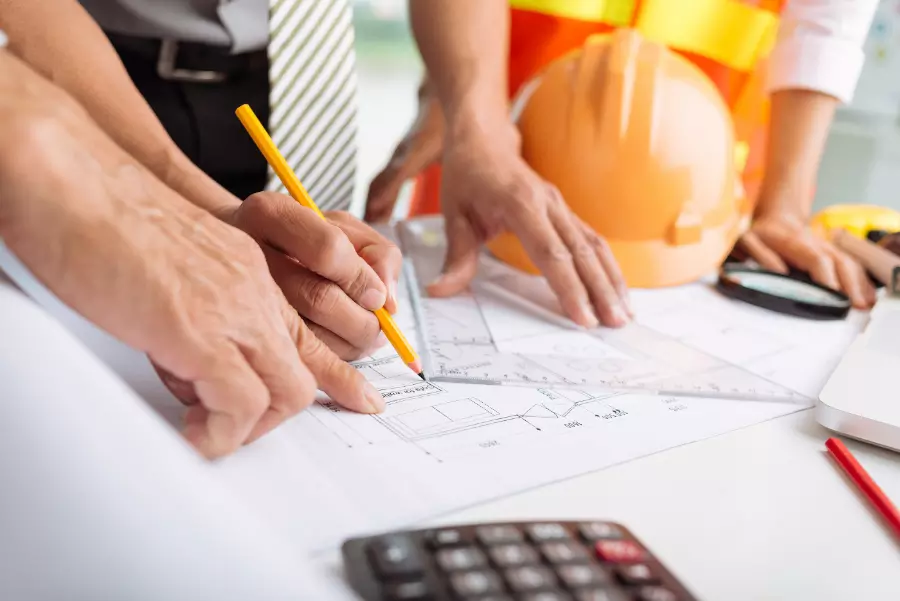RIBA architecture is architectural design completed by people trained to the standards of The Royal Institute of British Architects (RIBA).
If you want to ensure that your building project will be completed to a high standard, ensure that you employ advice and services from an architect who is a member of the RIBA.
Bob Trimble is a chartered architect registered with RIBA with 30 years experience in the industry. Trimble Architects work throughout Hounslow, Twickenham, Richmond, Kingston Upon Thames, Teddington and the surrounding areas of London.

What is the RIBA?
The Royal Institute of British Architects (RIBA) is a professional body for architects primarily situated in the United Kingdom, but also located internationally. It was founded for the advancement of architecture under its charter that was granted in 1837 and Supplemental Charter granted in 1971.
The Royal Institute of British Architects headquarters is in London and located at 66 Portland Place. Founded in 1837 The Royal Institute of British Architects is the UK's chartered body for architecture.
RIBA focus on the promotion and advancement of architecture; they are committed to maintaining customer service, design and high quality.
What is the RIBA Plan of Work?
The RIBA Plan of Work is a detailed document that outlines every stage in the design, planning and building process, from the conception to the completion on site. It is the most common document used in the United Kingdom to detail all stages of construction projects.
The plan is used quite often by architects, although it might not be easily digestible for some clients. There are eight stages of the RIBA Plan of Work. The main stages of design of the RIBA plan of work are 2, 3 and 4.
0 - Strategic Definition:
This stage is usually pre-appointment, so it provides an opportunity for the architects' client to get a sense of what they have to offer. This stage also includes assessing their experience and portfolio.
1 - Preparation and Briefing:
Preparation and Briefing, this stage uses all the information collated at the previous step so the architect can draft an initial project brief. They will include What are the Project Objectives? and What is the client's Business Case?
The Key tasks in Stage 1 will include the assembly of the project team, defining the structure, responsibilities and team roles.
2 - Concept Design:
This stage is at which the client will receive the first drawings or visualisations of the design ideas developed from the project brief. There may be workshops, meetings or general correspondence to discuss iterations of the concept design.
3 - Spatial Coordination:
This stage is where a collaborative design will take form. The project will now be drawn up clearer in CAD, and it will be developed alongside cost exercise, building services and the structural design. The cost information is most likely finalised at the end of stage 3.
The design might change in details throughout stage 3 but will always refer back to the Project Brief and Project Objectives.
4 - Technical Design:
The technical Design stage is a refinement of the existing design; it essentially prepares the necessary drawings and documentation for tendering.
It will often involve approaching relevant specialist subcontractors, such as builders, joinery firms or a glazing manufacturer. The contractors are usually selected and employed by the client.
5 - Manufacturing and Construction:
This stage will signify the start of the construction. The design of the project is usually considered to be complete at the beginning of the construction stage.
The Architect will be on hand to deal with any design queries. Our role at this stage will vary. Occasionally when a compressed programme is vital, stages 4 and 5 might overlap or progress simultaneously.
6 - Handover:
This stage will conclude all the aspects of the building contract, it includes rectifying any defects on the part of the contractor and then the production of the final certificate on the part of the contract administrator.
In some instances, it might include commissioning; this is to ensure the building functions properly.
7 - Use:
The in-use stage of the RIBA Plan of Work is as a form of aftercare service for the Client. This stage might include requests for any discussions with regards to any future alterations or additional works, any requests for as-built drawings or general advice for general management facilities, letting or tenants queries or maintenance energy certificates or consumption.
These eight stages are a guide; the full outline of these stages can be found on the RIBA website.
What is the Role of RIBA?
The Royal Institute of British Architects (RIBA) drives excellence in architecture and is a global professional membership body. They serve their members and society to deliver a sustainable environment, have more substantial communities with better buildings and places.


What is RIBA Membership?
If you are a qualified architect, then your status as a RIBA Chartered Member is highly recognised as the gold standard.
It communicates a powerful message to your potential clients and employers about your commitment to the RIBA Code of Professional Conduct, your professionalism and your continuing professional development (CPD).
What is the Difference Between RIBA and ARB?
Put simply RIBA (Royal Institute of British Architects) is an association of architects and, comprises of individuals that are licenced to practice in architecture.
ARB (Architects Registration Board) is a body that was set up by the British Parliament as the independent regulator of UK architects.
How do you become a RIBA Architect?
To become a corporate member the architect must have passed or gained exemption from the Royal Institute of British Architects parts I, II and III, it also includes at least two years of working in practice, which is a minimum of seven years in total, before an architect can apply.
This article explains what RIBA architecture is and information about the RIBA. If you are looking for a RIBA architect in Twickenham or London our architect is available to discuss your project. You can find out more about our architectural services in London here.
Architects Near Me
Are you looking for architects near me? If you are looking for RIBA local architect services in Twickenham and the surrounding areas. Trimble Architects works with clients throughout London and the surrounding areas including:
Bob Trimble is a chartered architect registered with RIBA. Bob Trimble has 30 years of experience working with residential and commercial property projects. For 4 years, Bob Trimble has worked from his housing association and private architectural practice for clients throughout Hounslow, Twickenham, Richmond, Kingston Upon Thames, Teddington and the surrounding areas of London.


